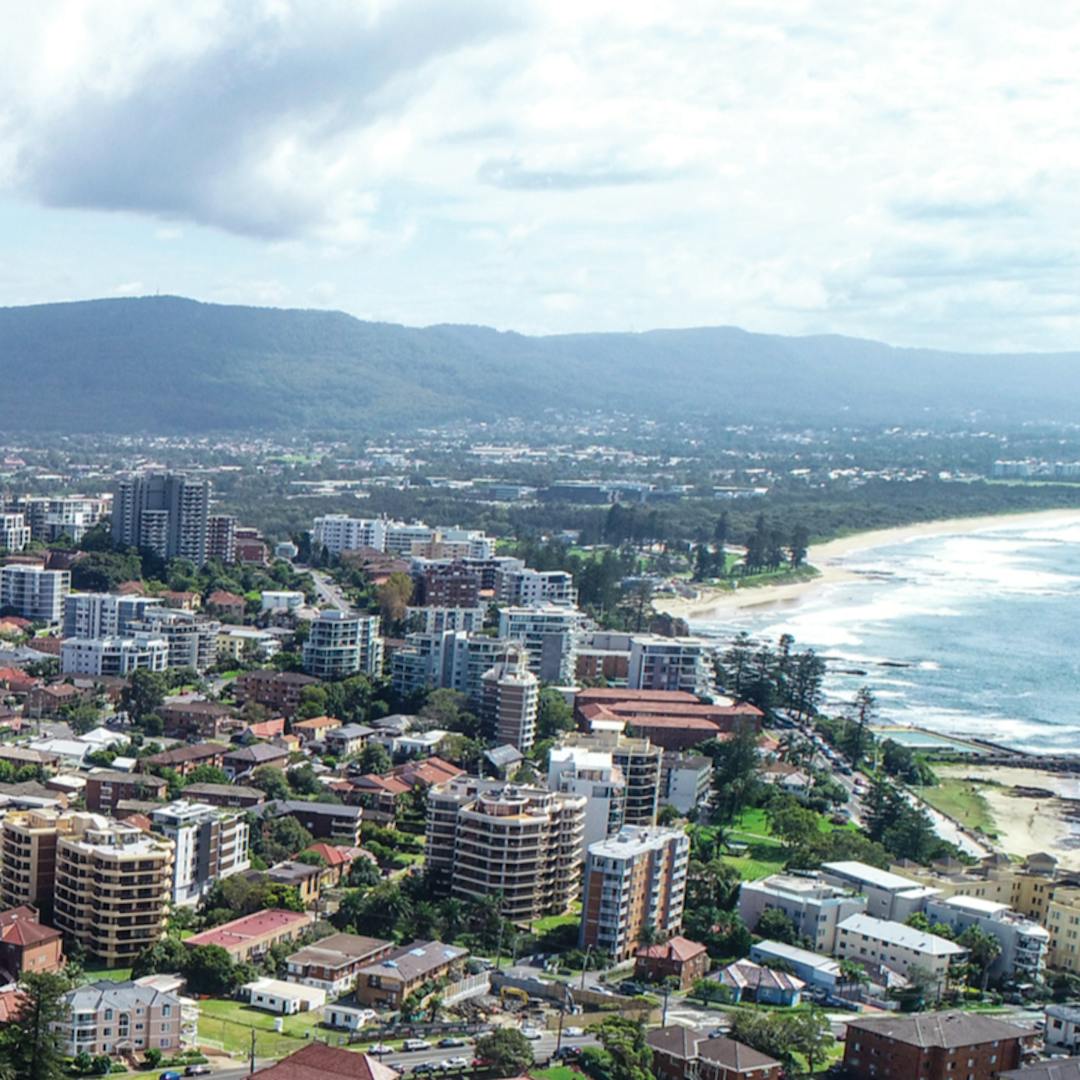Climate Friendly Planning Framework
Consultation has concluded

Council is committed to reducing the threat of climate change to the Wollongong community as much as we can at a local level.
To deliver on this commitment and protect our environment, we are undertaking a review of our Local Planning and Assessment Framework. But before we get started, we want to hear from you about what the changes to the planning framework could look like.
So far, we’ve developed the Climate Friendly Planning Framework Discussion Paper to present our ideas on how we can make developments in our city more climate friendly. We invite you to take a look at the Discussion Paper and share your feedback on what can be improved and what other ideas you’d like to see happen.
Why we want to update our Local Planning and Assessment Framework
Wollongong City Council has a target of net-zero greenhouse gas emissions by 2050 for our city and net zero emissions by 2030 for Council operations. Except for industrial emissions, 78% of emissions produced in the Wollongong Local Government Area (LGA) are from the stationary energy sector, this includes the energy we use in our homes and use to run our local shops, cafes, schools, and office buildings.
It’s important we start to build homes and infrastructure that are energy efficient and can withstand the challenges of climate change such as hotter days, rising sea levels, and more extreme weather events. One way we can achieve this is by reviewing our Local Planning Assessment Framework to encourage people building developments to consider climate friendly design.
What is the Discussion Paper?
This Discussion Paper is a way of starting a conversation with the community about what Council should focus our review on. It’s an opportunity for you to share feedback on the things that you care about, changes you would like to see, and what support you would need to design buildings that work towards a climate friendly future.
The Discussion Paper identifies 5 focus areas for potential changes to our Local Planning Framework:
- Landscaping and Urban Greening
- Solar and Energy Efficiency
- Materials, Building Form, and Waste
- Transport and Car Parking
- Policies and Incentives.
We want to hear what you think about these focus areas and the objectives and ideas we’ve come up with. We also want to hear any other ideas you might have about how developments in our city could be more climate friendly and what Council can do to help.
For more information
- Read the Discussion Paper to see our ideas on how we can encourage good design across developments to make Wollongong a climate friendly city.
- Read the FAQs to find out more about why this project is important and what our next steps are.
- Ask us a question using the Q&A tool.
- Watch our video presentation that explains the discussion paper.
How to share your thoughts
- Complete the feedback form
- Email Council: engagement@wollongong.nsw.gov.au
- Phone Council’s Customer Service team on (02) 4227 7111
- Write to Engagement Team, Wollongong City Council, Locked Bag 8821 WOLLONGONG DC NSW 2500
Please share your feedback with us by Friday 1 July 2022.
Accessibility or language assistance
If you’re d/Deaf, hard of hearing, or have a speech or language difficulty, you can contact us through the National Relay Service. If you need an interpreter, you can contact us through the Translating and Interpreting Service on 131 450. You’ll need to provide our phone number 02 4227 7111 for either service.
Submissions become public documents and may be viewed by other persons on request. Please read Council’s Privacy Notification before submitting your feedback.
Got a question about the Discussion Paper? Ask here!


